A history of injustice transitioning towards securing land rights in Kenya
Kenya has been recognised globally as a hotbed of archaeological discoveries contributing to the story of human evolution. Africa’s oldest human remains were found in the Tugen Hills in Kenya, dating back 7 million years. In fact, Kenya holds fossil evidence which tells almost the entire story of human evolution.
In Kenya today, the peoples who identify with the indigenous movement are mainly pastoralists and hunter-gatherers, as well as some fisher peoples and small farming communities. Pastoralists are estimated to comprise 25% of the national population of 38.6 million (2009 census), while the largest individual community of hunter-gatherers numbers approximately 79,000.
Both pastoralists and hunter-gatherers face land and resource tenure insecurity, poor service delivery, poor political representation, discrimination and exclusion. Their situation seems to get worse each year, with increasing competition for resources in their areas.
Kenya has endured a long history of land conflicts, dating back to its colonial period when first the Germans and then the British promulgated policies and practices that alienated people from their customary land and pitted one ethnic group against another. These policies were extended after independence. Community divisions, especially over traditional land, were exploited for short-term political ends. Kenya’s new Constitution of 2010, however, provides hope that some historical injustices will be addressed.
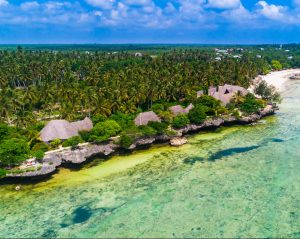
Early history
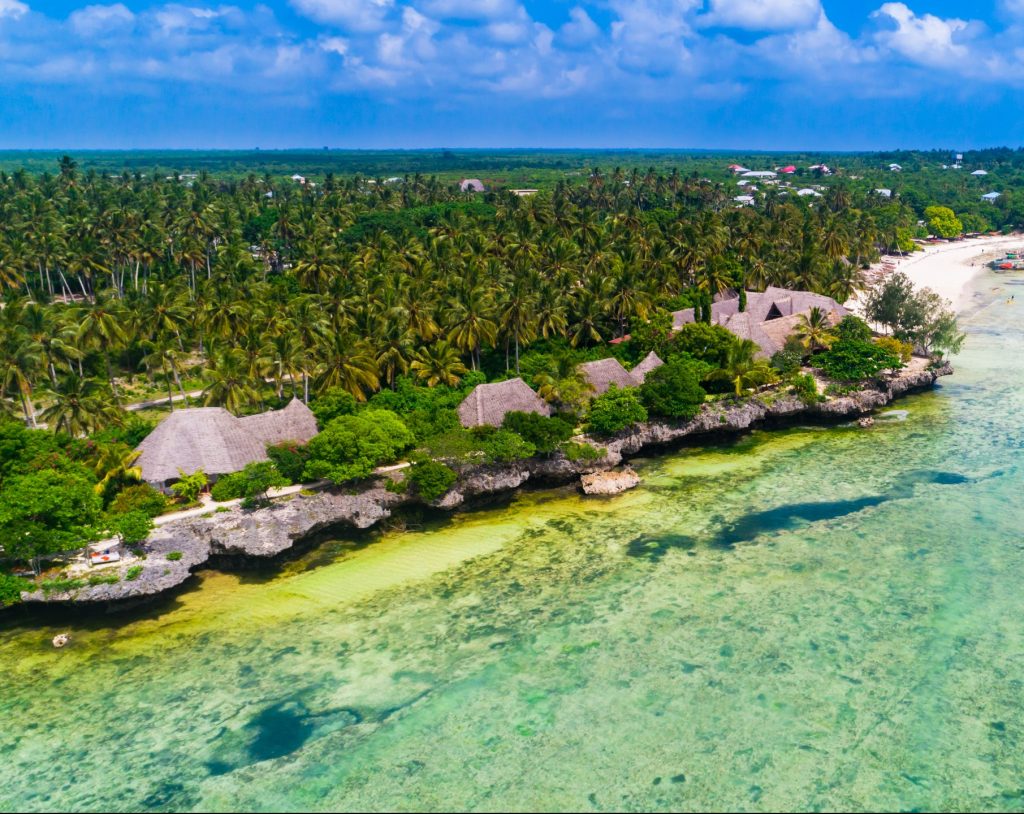
Early history
100 BCE – 300 AD – The earliest settlements in the Swahili coast appear on the archaeological record in Kwale in Kenya. Bantu speaking communities in the great lakes region develop iron forging techniques that enable them to produce carbon steel.
614 AD – 900 AD – Starting with the first Hijrah (migration) of Prophet Muhammad’s followers to Ethiopia, Islam spreads across Eastern, Northern and Western Africa.
5th Century to 15th Century – Arabs begin to settle in coastal areas, eventually developing trading centres that facilitated contact with the Arab world, Persia and India. Trade in ivory, rhino horn, gold, shells and enslaved people transform Mombasa, Malindi and the Islands of Lamu and Pate into important centres of trade. African groups on the coast gradually develop the Swahili culture with Islam as their religion. The Swahili language slowly forms as a result of Arab influence, combining Bantu with elements of Arabic.
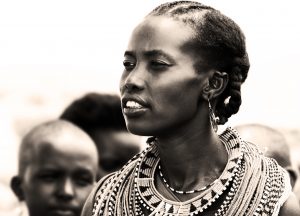
Early 20th century
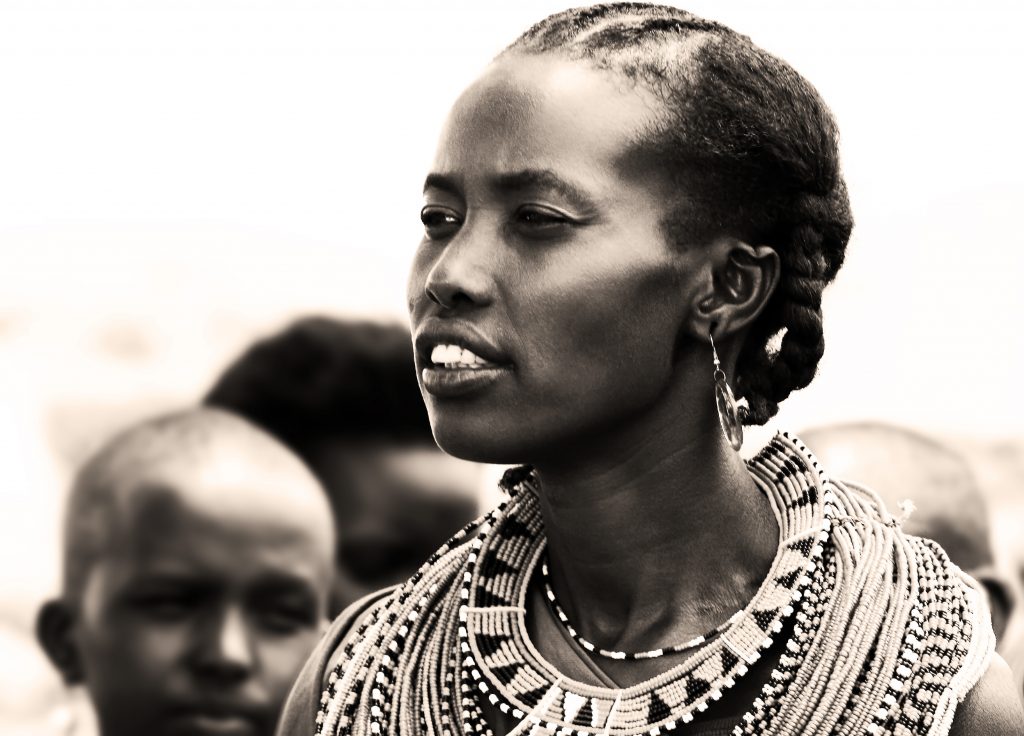
Early 20th century
1901 – European and Indian settlers arrive in great numbers in East Africa. White settlers control the colony and take the most fertile land while the African inhabitants are forced into ‘native reserves’. In the following years several local uprisings are suppressed by British soldiers.
1915 – The British settlers take 5,186 hectares from the Africans, and the Crown Lands Ordinance Act further reduces native land rights. All African adult males are required to carry identification papers when leaving the reserves.
1918 – World War I ends and an influx of European settlers, many of whom are ex-soldiers, exacerbates the crisis surrounding land ownership in Kenya.
1921 – The East African Protectorate becomes the crown colony of Kenya, administered by a British governor. The East African Association (EAA), one of the first organisations to campaign for African rights in the region, is formed by Harry Thuku, and, among others, Jomo Kenyatta.
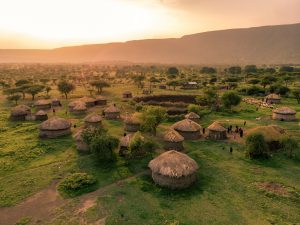
21st Century
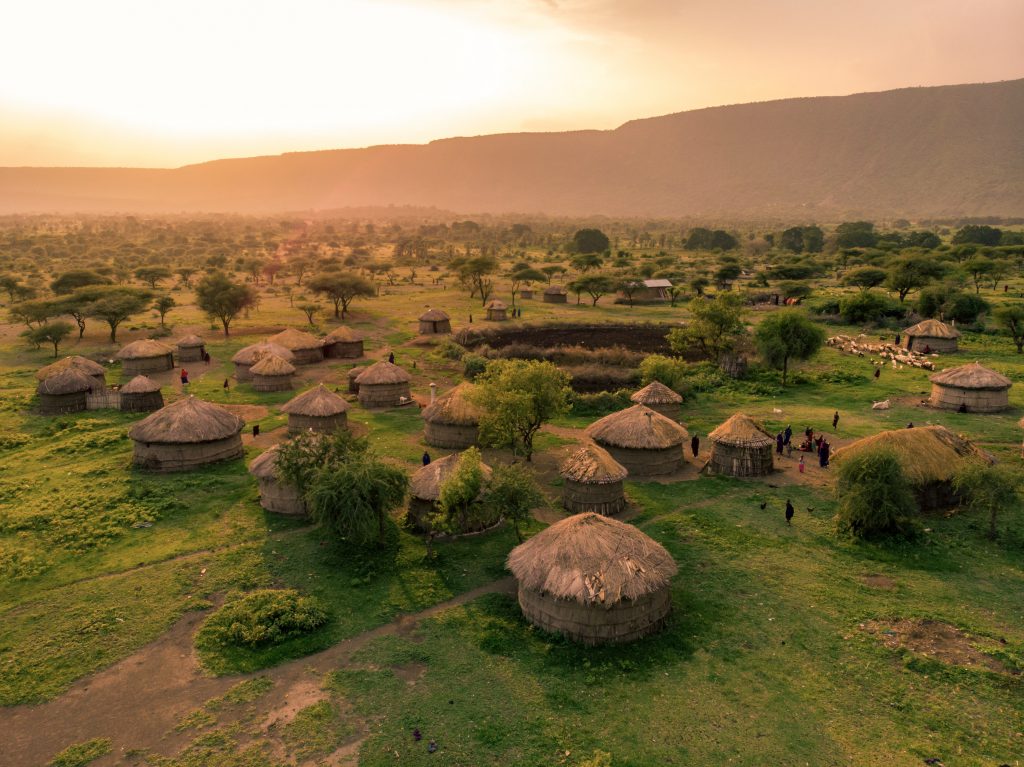
21st Century
2010 – The new constitution of 2010 specifically includes minorities and marginalised communities as a result of various historical processes, with specific reference to indigenous peoples.
Chapter Four of the Kenyan Constitution contains a progressive Bill of Rights that makes international law a key component of the laws of Kenya and guarantees protection of minorities and marginalized groups. Under Articles 33, 34, 35 and 36, freedom of expression, the media, and access to information and association are guaranteed.
Article 63 of the Constitution of Kenya guarantees the rights of communities to their lands and territories.
It states that community land consists of land lawfully held, managed or used by specific communities as community forests, grazing areas or shrines and that it includes ancestral lands and lands traditionally occupied by hunter-gatherer communities.
Despite these progressive constitutional provisions, indigenous peoples continue to suffer as a result of the state’s lack of compliance with these provisions and with legal rulings on land issues. Moreover, the principle of Free, Prior and Informed Consent (FPIC) remains a pipedream for indigenous peoples in Kenya.
International obligations
International obligations
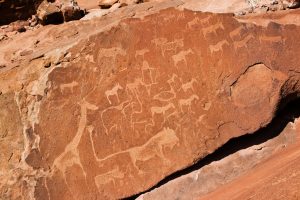
Prehistory
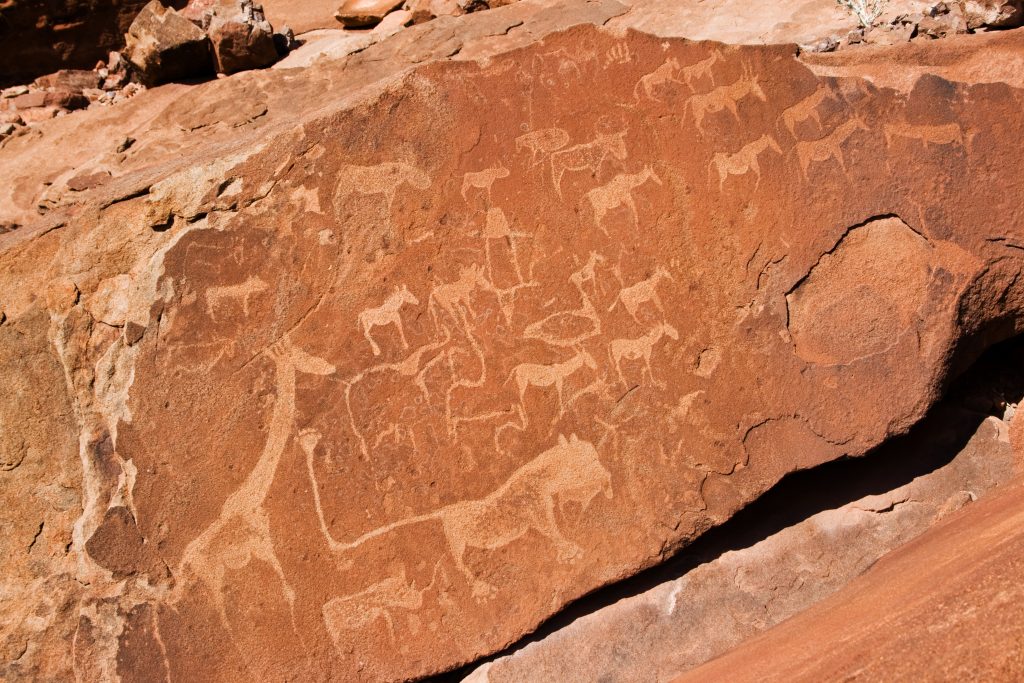
Prehistory
19,000 BCE – Dispersal of the common ancestors of East African Hunter gatherers (related to the San people) in the peak of the last glacial maximum
3300 BCE – 1000 BCE – East African Pastoral neolithic culture spreads. Key features include pastoralism as a means of food production and the construction of stone cairns at burial sites:
– Eburran hunter gatherers, who have occupied the area around the Ol Doinyo Eburru volcano complex near Lake Nakuru for nearly 10,000 years, gradually adopt domestic animals
2000 BCE – 1000AD – The East African Rock art tradition thrives with sites at Mfangano Island, Chelelemuk hills, Namoratunga and Lewa Downs. The rock paintings are attributed to the Twa people, a hunter gatherer group that was once widespread in East Africa
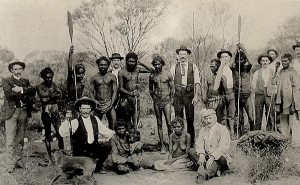
15th century - early 20th century
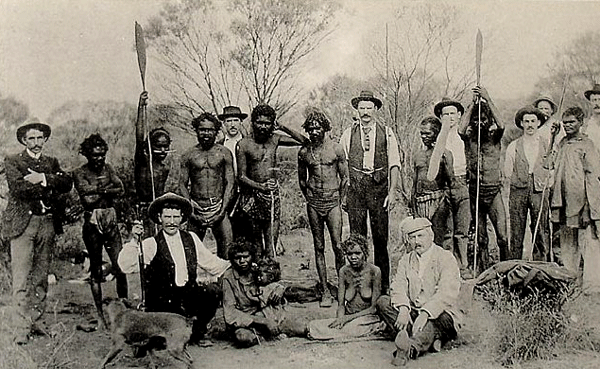
15th century - early 20th century
16th century – The Portuguese try to establish a foothold on the Kenyan coast, but by the late 17th century they are driven off by Swahili city states and Omani Arabs.
1822 – The Sultan of Oman, Sayyid Said, sends an army to East Africa, claiming control of Swahili dynasties along the coast. Swahili clans resist and ask Britain for help. Two warships are sent from Britain and the captain declares the Mombasa region as a British protectorate, which lasts for about three years.
1886 – The European colonial powers divide Africa between themselves at the Berlin Conference, beginning the scramble for Africa. Germany and Britain are dominant in East Africa. The Sultan of Oman is granted a strip on the coastline.

Late 20th Century

Late 20th Century
1963 – Kenya becomes a sovereign state but remains a member of the commonwealth.
1964 – Kenya becomes a republic with Jomo Kenyatta as the first President
1966 – Bildad Kaggia and Oginga Odinga accuse the Kenyatta government of pursuing corrupt land distribution policies that did not favour the poor and the landless. Kenya’s vice president, Oginga Odinga, leaves the ruling party KANU and starts a left leaning party, the Kenya People’s Union.
1973 – The Lokiriama Peace Accord is signed by Turkana people of Kenya and Matheniki of Uganda
1990 – The Saba Saba protests – pro-democracy uprisings – engulf the country. Kenneth Matiba and Raila Odinga are amongst the many opposition leaders arrested and detained without trial.
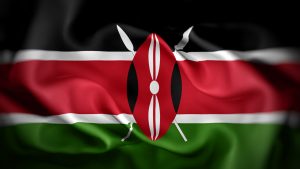
Conventions & new constitutions
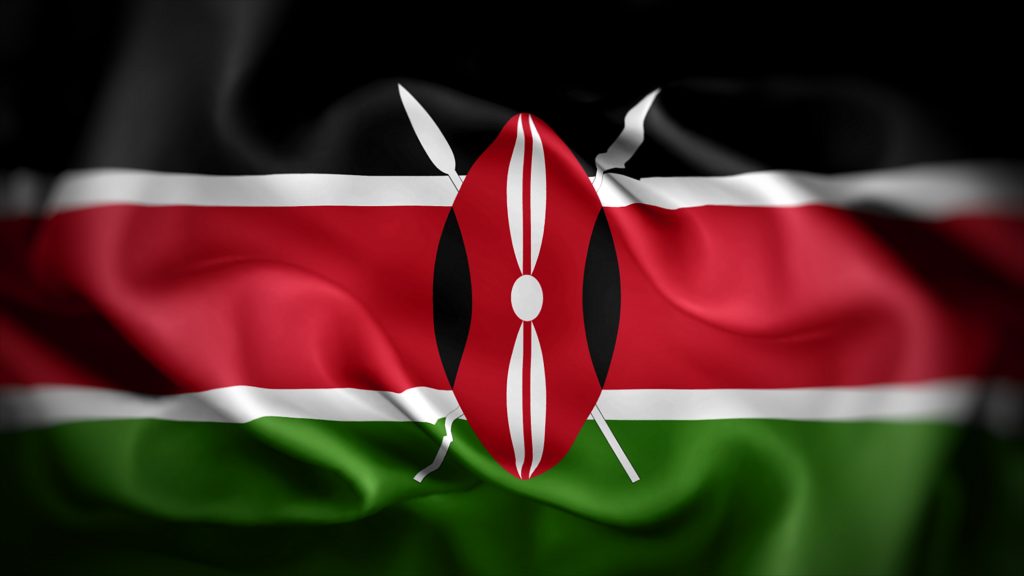
Conventions & new constitutions